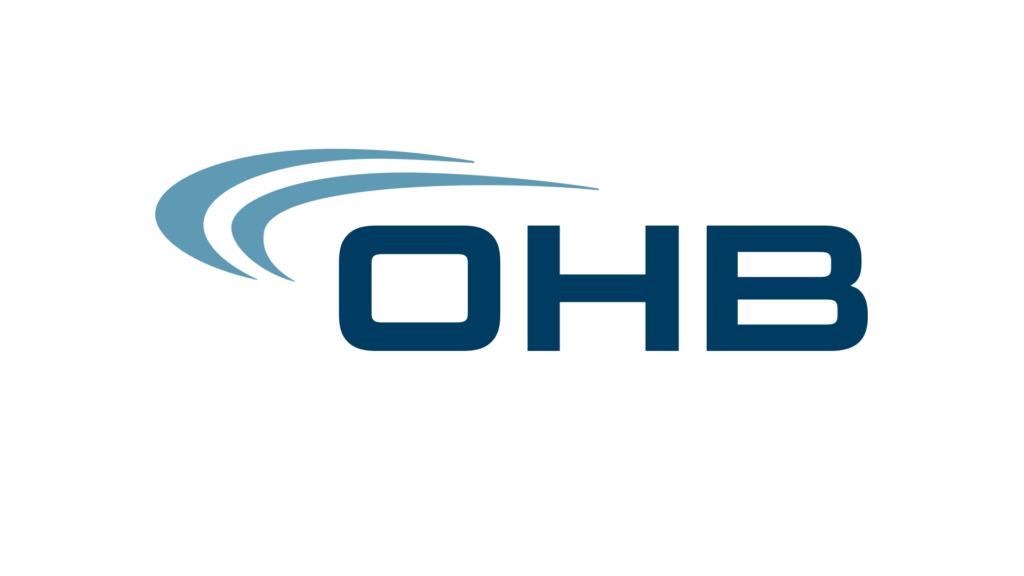As organizations strive for success in the modern workplace, digital HR engagement plays a pivotal role in connecting and motivating employees. Organizations are navigating the complexities of remote work, hybrid models, and digital transformation, making the implementation of effective digital HR engagement strategies more crucial than ever. This comprehensive guide explores how this concept is reshaping workplace dynamics and offers practical strategies for organizations looking to enhance connection, productivity, and employee satisfaction in the digital age.
What is Digital HR Engagement?
Digital HR engagement refers to the strategic use of technology and digital platforms to connect, motivate, and involve employees in organizational processes and culture. It encompasses everything from communication tools and feedback systems to recognition programs and collaborative platforms that foster a sense of belonging and purpose among team members.
In essence, digital HR engagement is about leveraging technology to create meaningful connections between employees and their organization, regardless of physical location. It’s about using digital tools to enhance traditional HR functions while creating new opportunities for interaction, collaboration, and growth.
As workplaces become increasingly distributed, with team members working across different locations and time zones, digital HR engagement has become essential for maintaining organizational cohesion and employee satisfaction. Companies that excel at digital HR engagement typically see higher productivity, lower turnover rates, and stronger organizational cultures.
The Evolution of Employee Engagement in the Digital Era

The concept of employee engagement has transformed significantly over the past decade. Traditional engagement strategies often relied on in-person interactions, physical office perks, and face-to-face team-building activities. While these approaches remain valuable, they’re no longer sufficient in today’s increasingly digital and remote work environment.
The digital transformation of HR engagement has been accelerated by several factors:
- The rise of remote and hybrid work models
- Changing employee expectations around flexibility and work-life balance
- Technological advancements enabling new forms of collaboration
- Generational shifts in the workforce, with digital natives expecting tech-enabled experiences
- Global events like the COVID-19 pandemic that forced rapid adaptation to digital work
Today’s digital HR engagement strategies must address these changes while maintaining the human connection that drives true engagement. The most successful organizations are those that blend technology with human-centered approaches to create engaging digital experiences that feel authentic and meaningful.
Key Components of Effective Digital HR Engagement
1. Digital Communication Platforms
Effective communication lies at the heart of digital HR engagement. Modern organizations rely on a variety of digital communication tools to keep teams connected:
- Instant messaging platforms for quick, informal communication
- Video conferencing tools for face-to-face interactions
- Company intranets for centralized information sharing
- Digital town halls for organization-wide updates
- Mobile apps for on-the-go communication
The key to successful digital communication is not just implementing these tools but creating a communication strategy that ensures the right information reaches the right people through the right channels at the right time.
2. Digital Feedback and Recognition Systems
Regular feedback and recognition are crucial elements of employee engagement. Digital platforms have revolutionized how organizations gather feedback and recognize employee contributions:
- Pulse surveys for quick, frequent feedback collection
- Digital recognition platforms that allow peer-to-peer appreciation
- Performance management systems for ongoing feedback rather than annual reviews
- Virtual suggestion boxes for employee ideas and innovations
These digital systems allow for more timely, specific, and visible recognition, helping employees feel valued regardless of where they work.
3. Virtual Learning and Development Opportunities
Professional growth is a key driver of engagement. Digital learning platforms offer numerous advantages:
- On-demand learning that employees can access anytime, anywhere
- Personalized learning paths based on individual needs and goals
- Virtual mentoring programs that connect employees across locations
- Microlearning opportunities that fit into busy schedules
By providing accessible, flexible learning opportunities, organizations demonstrate their commitment to employee growth while building the skills needed for future success.
4. Digital Wellness Initiatives
Employee wellbeing has become a top priority for organizations, and digital platforms offer new ways to support physical, mental, and emotional health:
- Virtual fitness challenges that promote physical activity
- Meditation and mindfulness apps for stress reduction
- Mental health resources accessible through digital platforms
- Work-life balance tools that help manage digital boundaries
These initiatives show that organizations care about employee wellbeing while providing practical support for healthy habits.
Challenges in Digital HR Engagement
Despite its benefits, digital HR engagement comes with significant challenges:
1. Digital Fatigue and Overload
The constant stream of digital communications, meetings, and notifications can lead to burnout and disengagement. Organizations must be mindful of the quantity and quality of digital interactions to avoid overwhelming employees.
2. Maintaining Human Connection
While technology enables connection, it can also create a sense of isolation if not implemented thoughtfully. Finding ways to maintain authentic human connections in digital environments remains a critical challenge.
3. Inclusivity and Accessibility
Not all employees have equal access to or comfort with digital tools. Organizations must ensure their digital engagement strategies are inclusive and accessible to all team members, regardless of technical proficiency or physical abilities.
4. Measuring Digital Engagement
Tracking the effectiveness of digital engagement initiatives can be complex. Organizations need meaningful metrics that go beyond simple usage statistics to measure true engagement and impact.
Innovative Strategies for Digital HR Engagement
Forward-thinking organizations are implementing creative approaches to digital HR engagement:
1. AI-Powered Personalization
Artificial intelligence can help personalize the employee experience by recommending relevant content, learning opportunities, and connections based on individual preferences and behaviors.
2. Virtual Team-Building Activities
From online escape rooms to virtual coffee breaks, organizations are finding innovative ways to build team cohesion in digital environments.
3. Digital Employee Resource Groups
Online communities focused on shared interests or identities help foster belonging and connection among distributed team members.
4. Gamification of Engagement
Adding game elements like points, badges, and leaderboards to digital platforms can increase participation and make engagement more enjoyable.
How Neroia Enhances Digital HR Engagement

In the evolving landscape of digital HR engagement, innovative solutions like Neroia are transforming how organizations connect their employees. Neroia’s social employee benefits platform specifically addresses many of the challenges of modern workplace engagement by fostering organic connections between coworkers through AI-driven recommendations.
Neroia’s approach is particularly valuable in today’s hybrid and remote work environments, where traditional methods of building workplace relationships have become challenging. By recommending small-group activities tailored to individual interests and schedules—spanning sports, wellness, and cultural events—Neroia creates opportunities for authentic interaction that might otherwise be missed in digital workplaces.
What sets Neroia apart is its focus on minimizing planning friction while encouraging informal interactions. Unlike traditional employee engagement platforms that often feel forced or transactional, Neroia facilitates natural connections based on shared interests, creating more meaningful relationships among team members.
For HR professionals looking to enhance digital HR engagement, Neroia offers valuable analytics while maintaining employee privacy through anonymized data. This allows organizations to gain insights into engagement patterns without compromising the closed, secure community that employees value.
The Future of Digital HR Engagement
Looking ahead, several trends will shape the future of digital HR engagement:
1. Integration of Virtual and Augmented Reality
As VR and AR technologies become more accessible, they’ll create new possibilities for immersive digital experiences that feel more like in-person interactions.
2. Hyper-Personalized Employee Experiences
Advanced analytics and AI will enable increasingly personalized digital experiences tailored to individual preferences, work styles, and career goals.
3. Focus on Digital Wellbeing
Organizations will place greater emphasis on helping employees maintain healthy relationships with technology, including tools and policies that prevent digital burnout.
4. Seamless Integration Across Platforms
Rather than using separate tools for different aspects of engagement, future solutions will offer more integrated experiences that reduce friction and complexity.
Best Practices for Implementing Digital HR Engagement
To maximize the impact of digital HR engagement initiatives, organizations should follow these best practices:
- Start with strategy, not tools: Define engagement goals before selecting technologies.
- Involve employees in the process: Gather input on digital engagement preferences and needs.
- Focus on user experience: Ensure digital tools are intuitive and accessible.
- Provide adequate training: Help employees make the most of digital engagement platforms.
- Model desired behaviors: Leaders should actively participate in digital engagement initiatives.
- Measure and iterate: Continuously evaluate effectiveness and make improvements.
Conclusion
Digital HR engagement has become essential for organizations looking to build connected, productive, and satisfied workforces in today’s increasingly digital world. By thoughtfully implementing digital tools and strategies that foster authentic connection, organizations can overcome the challenges of distributed work while creating engaging employee experiences.
As we look to the future, platforms like Neroia that focus on creating meaningful human connections through digital means will be increasingly valuable. By leveraging Neroia’s AI-driven approach to fostering organic workplace relationships, organizations can enhance their digital HR engagement strategies while building stronger, more cohesive teams.
The most successful organizations will be those that find the right balance between technology and humanity—using digital tools to enhance, rather than replace, the human connections that drive true engagement. By putting people at the center of digital HR engagement strategies, organizations can create workplaces where employees feel connected, valued, and motivated, regardless of where or how they work.




